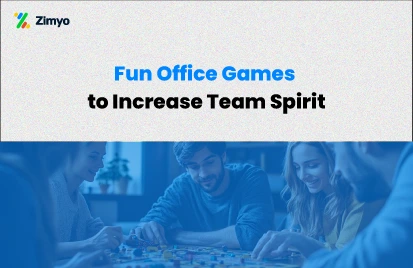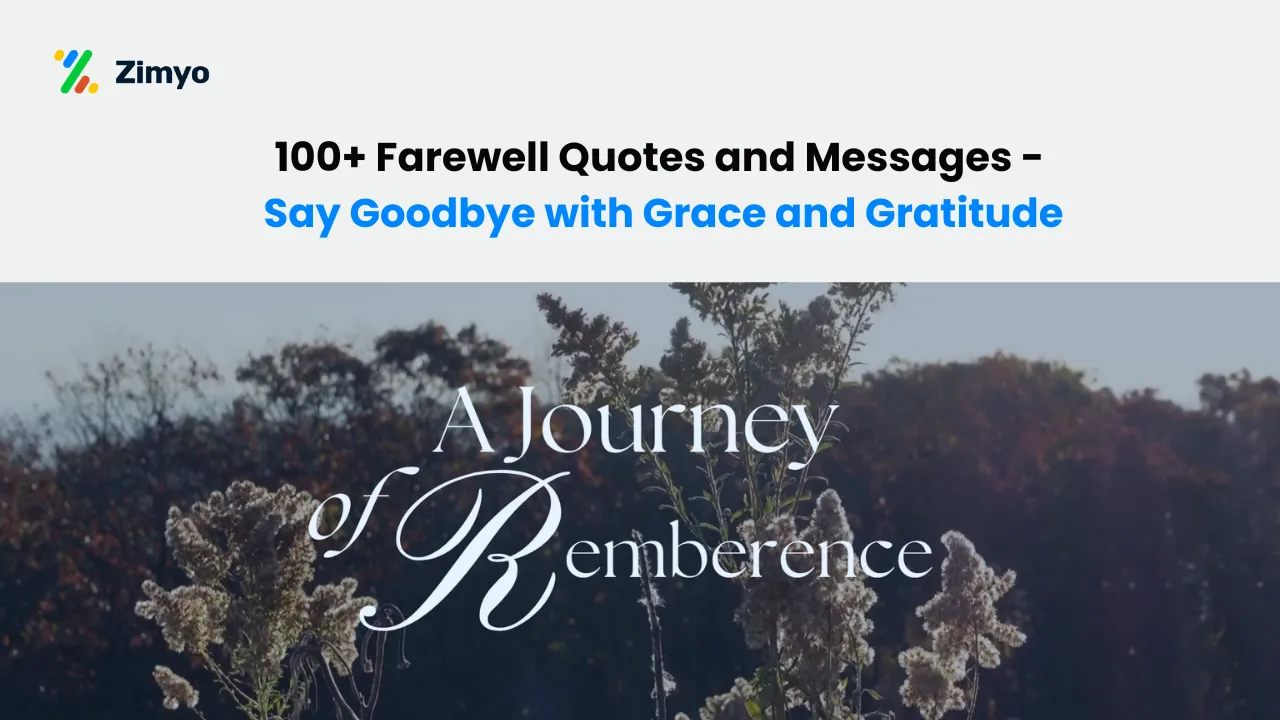The 2020 pandemic and 2021 pandemic are one and the same and yet not so much. While 2020 was an experimenting phase for many employees, 2021 turned out to be an absolute disappointment for most.
Not only did we see employees frustrated over their excessively burdened jobs, they were also heavily affected by the chaotic conditions in their personal spaces at homes. In addition to stress and anxiety, employees were also seen suffering from a sense of loss and grieving on a daily basis today. This accumulation of numerous emotions is concluding into anger, demotivation, and an induced state of depression- not necessarily clinical yet clearly visible.
As we keep progressing into the Covid-19 pandemic, along with the virus, employees throughout the world are dealing with another deadly universal disease called “employee burnout”. It is as real as any other illness that we and the rest of the world have seen since the inception of time.
When the pandemic struck last year, social media was flooded with employees pursuing new hobbies, picking up new skills, or simply spending more time with family. Whereas when we look at things today, social media is overflowing with posts of desperation, helplessness, and anger mutating among the workforce. This is a direct result of the emotional turbulence people are undergoing, manifesting physiologically. Realising, the pandemic situation may sustain indefinitely, employees stand heavily demotivated and disheartened to go on with their WFH routines – the one that had initially seemed temporary in 2020.
The prolonged trauma of living through what some describe as the worst “apocalypse,” has also made working in 2021 significantly more difficult. Additionally, a greater sense of helplessness and powerlessness resulting from witnessing closed ones succumbing to the virus or watching the overburdened healthcare system turning patients away has only worsened the anxiety levels and burnout among employees.
Employee burnout as a concept is a result of being hyper vigilant all the time. It causes employees to turn to their fight-or-flight mode at the slightest trigger. It is also the natural consequence of what happens when people are constantly on their toes and can neither relax nor take a break to regulate their stress levels. Some of the adverse aftereffects of burnout include sleeplessness and also survivor’s guilt – to make things even more unbearable.
Unfortunately, this feeling of survivor’s guilt has prevented employees from asking their employers to accommodate their mental health needs simply because they feel undeserving of their consideration.
“People need to vent, but they aren’t comfortable talking about these kinds of issues with managers or coworkers” George Atkinson, a senior client partner at Korn Ferry. In such conditions when employees are holding back from approaching their employers, it is the responsibility of managers, HRs, and C-suite leaders to approach them and encourage their well-being.
How Can Employers Help in Combating Employee Burnout?
Employee burnout although is not exclusive to c-suite executives, even so, it is the responsibility of employers to treat their employees’ well-being as a top priority. Activities that mitigate stress and fatigue in an organisation differ from business to business and team to team, however, there are a few universal factors to consider that work well for all kinds of teams.
1. Leverage your employees’ strengths
“Workers who are truly engaged spend about four times as many hours doing what they do best every day, in comparison to doing what they don’t do well,” said Jim Harter, Ph.D., chief scientist of workplace management and well-being for Gallup
If your job doesn’t fit your skillset, it is very common and likely for you to become disengaged. As an employer trying to combat burnout, it is important to ensure your employees are using their best potential to the fullest. To do so, you can conduct surveys to know which new positions they would like to explore. Proving relevant courses with the help of the collected data can get the employees energised and too occupied to dwell on the unrequited stress.
2. Understand your workforce’s weaknesses
While quite a few employees claimed to have been more productive towards the end of last year in the WFH setting, many employees are today complaining about loss of interest in work, and not being able to focus on tasks at hand.
In order to improve your employees’ productivity in these hard times, it is important for an employer to first figure out what, exactly, is holding them back. A weakness assessment is crucial to arrive at concrete conclusions of the issues that your employees must face on a daily basis. These issues could be anything- a highly imbalanced work-life equation, exhausting care taking responsibilities, unavailability of adequate resources, or others.
With the help of the results of such an assessment, leaders can conduct personalised one-on-ones with employees or have a professional take detailed sessions with them. This will help them identify the factors that need improvement in their lives and also tackle them with the help of the resources offered by their employers.
In case employees choose to stay anonymous, a group zoom meeting could be scheduled to discuss all weaknesses openly collected in parallel.
3. Assist in developing strong relationships at work
Friends are your biggest motivators and numerous studies have shown that friends are truly good for your physical and mental health. Although cases may differ, friends at work can help boost your efficiency and performance to a great extent. Allowing your employees to have informal relationships in the office can make their lives much easier. It will help them seek advice without feeling judged, and gain access to feedback and information otherwise not accessible.
When talking about adults and senior employees they need undivided attention considering the age and physical health factor. The best practices for developing work relationships for them may include introducing support groups for different kinds of problems. According to reports, a strong social support can lead employees to have a reduced risk of having health problems– like depression, high blood pressure, obesity, or even dementia.
4. Communicate
Effective communication is the biggest employee engagement trend of 2021. And it is no secret that when an employee is engaged well, there are fewer chances of them feeling dreadful burnout. With employees and employers suffering from burnout together – on different scales – joining hands to tackle the difficulties can have positive results.
Employees who feel supported by their managers are about 70% less likely to experience burnout, according to Gallup.
An effective conversation can be valuable in fostering support, feedback, and ideas for everyone involved. This involves a good leader being available for open discussions with their teams at all times to hear them out and support them when going through a rough patch. Similarly, managers can directly work with most affected employees to address the stressors causing them burnout. For suffering employees, sharing what they are going through and feeling heard can provide them all the answers they need to improve their situation.
In 2021, the accumulation of stress and anxiety from isolation along with fear of contagion mixed with the over-burdened workload and employee layoff has disrupted the peace of global workforces. And the aftereffects of these adversities have pushed most of us to the edge. In addition to that, the media reporting on the spreading second wave of the pandemic in Europe with speculations of newly rising infections in many states is of little help at the moment. In such a situation, employers need to be prepared for not just another wave of the virus, but also the mental health impact of the coming wave – employee burnout.
Be one step ahead of the pandemic and build an effective plan to nullify employee burnout before we enter another phase of uncertainty.
Also Read: How Can Managers Promote Mental Health In The Workplace?






